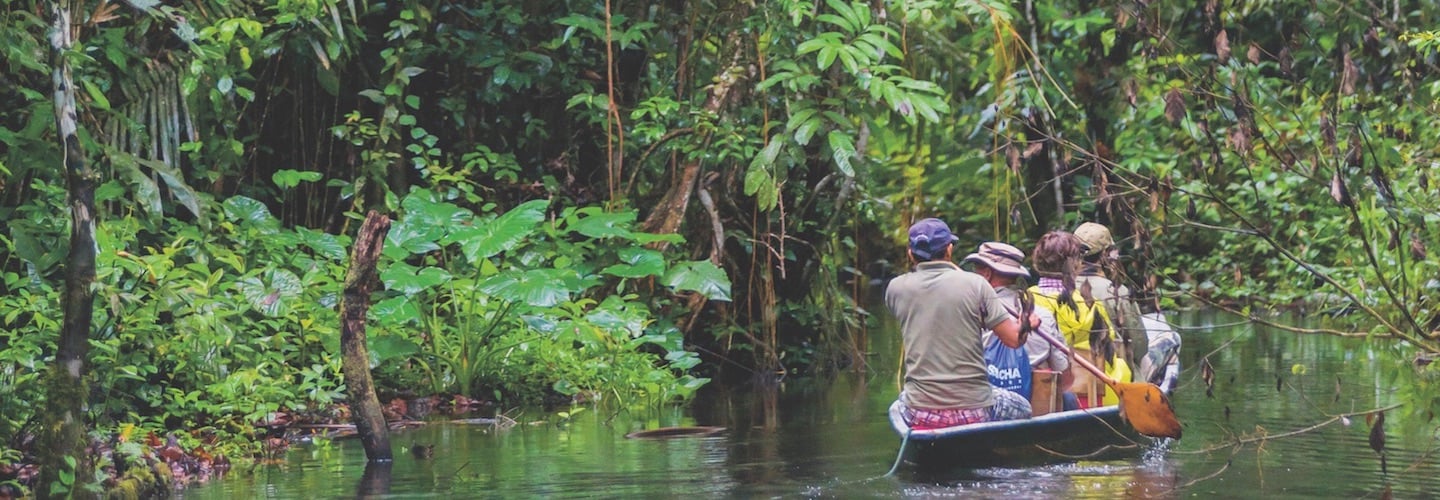Biome: Tropical Rainforest
- Watch the video "Layers of the Rainforest" below. Draw a diagram of the layers of the rainforest and include some animals that live in each layer. Use what you learned in the article and video to make your diagram.
- In "Wild World," the author's purpose was to inform the reader about the climate and wildlife of various biomes on Earth—especially extreme biomes like the rainforest, desert, and tundra. Write a 100-word article about the area where you live. What is the climate like? What wildlife lives there? Be sure to include descriptive words and define any words that might be new to your reader.
- BONUS: Imagine you take a trip to one of the places you read about. Then create a postcard to send back home. On the front, draw a scene from your trip. On the back of the postcard, tell a friend or family member about your vacation. Incorporate details about the region’s weather, landscape, plants, and animals.

